
How to grow cannabis in tropical weather – Full Guide
- How to Grow Cannabis Like a Boss in Tropical Weather
- The Benefits of Growing Cannabis in a Tropical Paradise
- Overcoming the Challenges of Growing Cannabis in a Warm and Humid Climate
- Finding the Perfect Spot and Soil for Your Cannabis Grow Op
- Picking the Best Strains for Growing Cannabis in Tropical Regions
- Setting Up a Ventilation and Humidity System That Won’t Fail You
- Mastering Temperature and Light for Optimal Cannabis Growth
- Feeding Your Cannabis Plants the Right Way
- Germinating Your Seeds Like a Pro
- Caring for Your Cannabis Seedlings the Right Way
- Planting Your Seeds or Clones
- Navigating the Different Stages of Cannabis Growth in Tropical Weather
- Pruning and Training Your Cannabis Plants for Maximum Yields
- Dealing with Pests and Diseases in Your Cannabis Grow Op
- Harvesting and Curing Your Cannabis Buds to Perfection
- Boosting Your Yields and Quality in a Tropical Cannabis Grow Op
- Maintaining Your Cannabis Grow Op Like a Pro
- The Ultimate Guide to Growing Cannabis in Tropical Weather
- FAQ
- About Us

How to Grow Cannabis Like a Boss in Tropical Weather

The Benefits of Growing Cannabis in a Tropical Paradise

Overcoming the Challenges of Growing Cannabis in a Warm and Humid Climate

Choosing the Right Location and Soil for Your Grow Operation
Selecting the Best Cannabis Strains for Tropical Weather
Pro Time!
Want to Grow Indica?
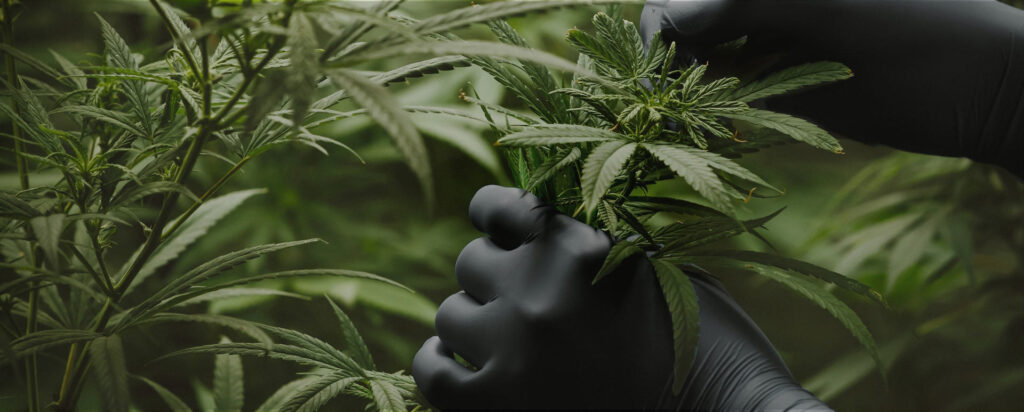

Mastering Temperature and Light for Optimal Cannabis Growth
- Choose the right location: When growing cannabis in a tropical paradise, it’s important to choose a location that receives plenty of sunlight. Look for a location that gets at least six hours of direct sunlight per day, and avoid locations that receive too much direct sunlight, as this can lead to stressed and unhealthy plants.
- Use grow tents or greenhouses: If you don’t have access to a location that gets enough sunlight, you can consider using grow tents or greenhouses to provide your cannabis plants with the light they need. Grow tents and greenhouses can help to amplify the sunlight that your plants receive, and can also provide protection from the elements.
- Use grow lights: If you are unable to provide your cannabis plants with enough sunlight, you can consider using artificial grow lights to supplement the light they receive. There are a variety of grow lights available, including LED lights and HPS lights, and it’s important to choose the right type and intensity of light for your grow operation.
- Use reflective materials: Using reflective materials such as Mylar or aluminum foil can help to amplify the light that your cannabis plants receive. By placing reflective materials around your grow space or on the walls of your grow tent or greenhouse, you can help to bounce light back onto your plants, increasing the overall amount of light they receive.

Feeding Your Cannabis Plants the Right Way
- Fox Farm Nutrient Trio: https://www.foxfarmfertilizer.com/products/foxfarm-nutrient-trio
- Advanced Nutrients Big Bud: https://www.advancednutrients.com/products/big-bud-grow-bloom-booster
- General Hydroponics Flora Series: https://www.generalhydroponics.com/products/flora-series
- Botanicare Pure Blend Pro: https://www.botanicare.com/products/pure-blend-pro-vegetative-flowering
- Humboldt Nutrients: https://www.humboldtnutrients.com/
- Advanced Nutrients pH Perfect: https://www.advancednutrients.com/products/ph-perfect-grow-micro-bloom
- Earth Juice Nutrient Trio: https://www.hydrofarm.com/
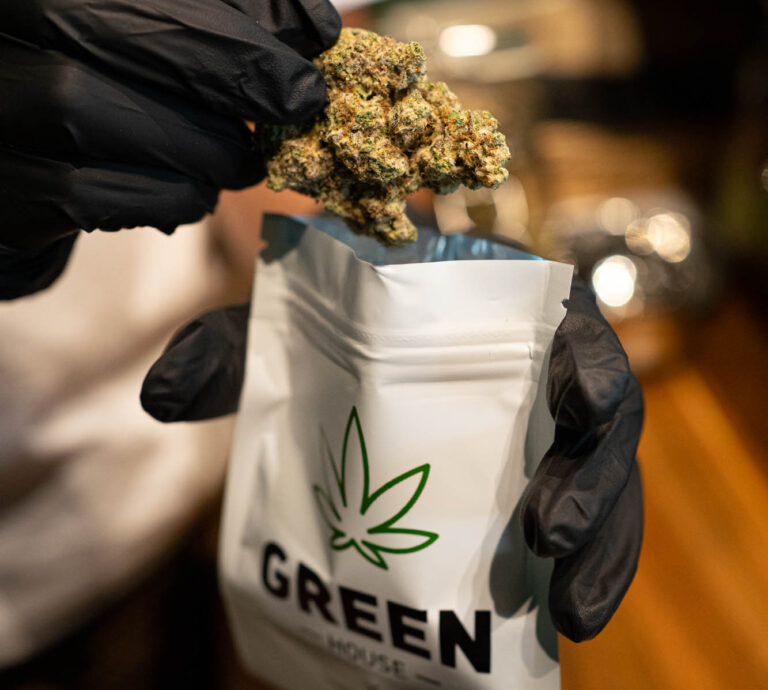
Germinating Your Seeds Like a Pro
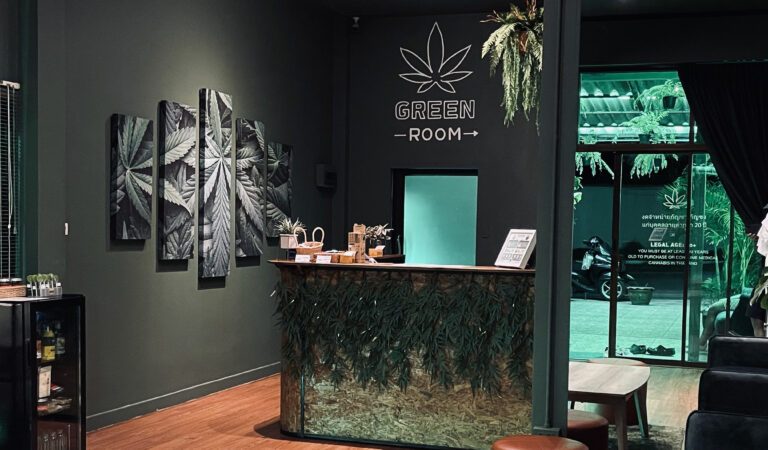
Caring for Your Cannabis Seedlings the Right Way
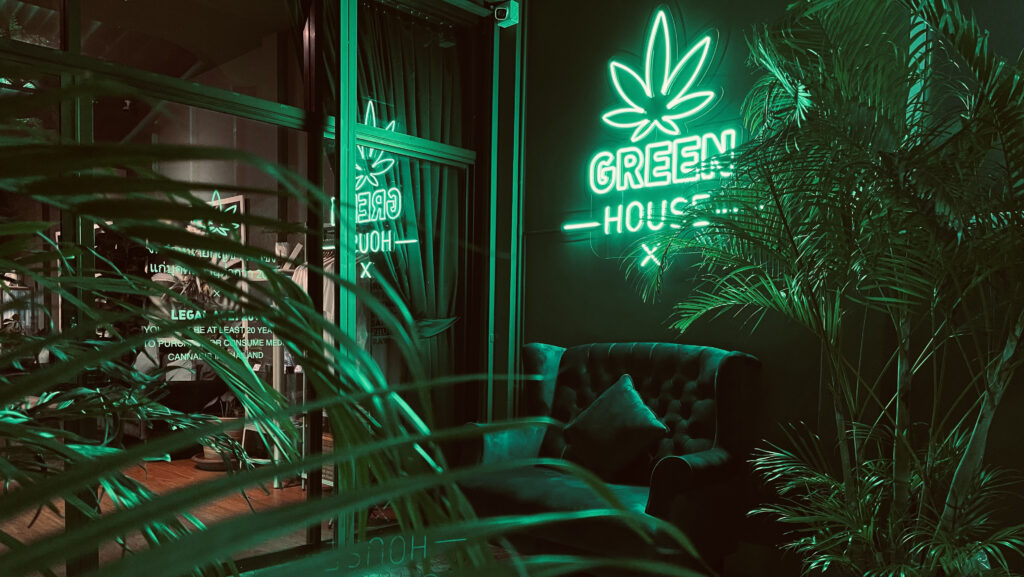
Planting Your Seeds or Clones

Navigating the Different Stages of Cannabis Growth in Tropical Weather

Pruning and Training Your Cannabis Plants for Maximum Yields

Dealing with Pests and Diseases in Your Cannabis Grow Op
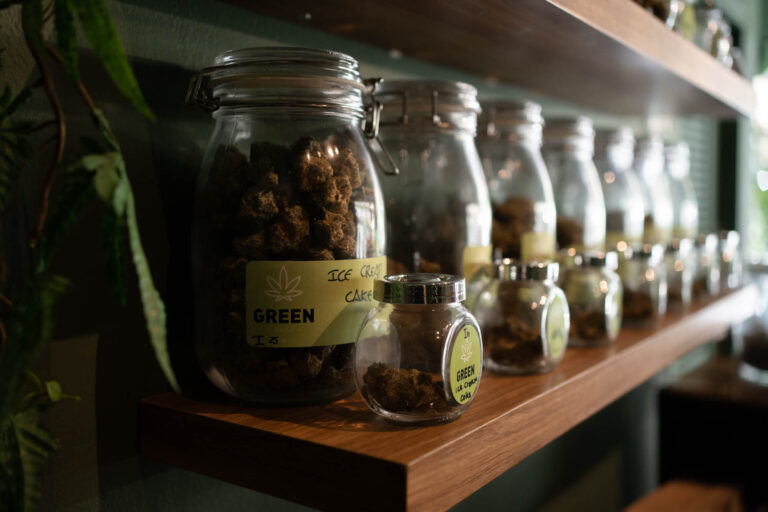
Harvesting and Curing Your Cannabis Buds to Perfection
- The buds are small and underdeveloped: If you harvest your buds too early, they may be small and underdeveloped, which can affect the overall quality and potency of your buds.
- The trichomes are clear or milky white: Trichomes are the small, hair-like structures on the buds that produce the cannabinoids and terpenes that give cannabis its unique flavors and effects. If you harvest your buds too early, the trichomes may be clear or milky white, which can indicate that the buds are not yet fully mature and may not be at their peak of potency.
- The buds are dry and crumbly: If you harvest your buds too early, they may be dry and crumbly, which can affect the texture and overall quality of your buds.
- The buds have a harsh, unpleasant taste: If you harvest your buds too early, they may have a harsh, unpleasant taste, which can affect the overall enjoyment of your buds.
- The buds have a weak or low-quality high: If you harvest your buds too early, they may have a weak or low-quality high, which can be disappointing for those seeking a more potent experience.
- The buds are prone to pests and diseases: If you harvest your buds too early, they may be more prone to pests and diseases, which can affect the overall health and productivity of your grow operation.
- The buds are overdeveloped: If you harvest your buds too late, they may be overdeveloped, which can affect the overall quality and potency of your buds.
- The trichomes are amber or brown: Trichomes are the small, hair-like structures on the buds that produce the cannabinoids and terpenes that give cannabis its unique flavors and effects. If you harvest your buds too late, the trichomes may be amber or brown, which can indicate that the buds are past their peak of maturity and may not be as potent as they could be.
- The buds are too moist: If you harvest your buds too late, they may be too moist, which can affect the drying and curing process and result in buds that are prone to pests and diseases.
- The buds have a harsh, unpleasant taste: If you harvest your buds too late, they may have a harsh, unpleasant taste, which can affect the overall enjoyment of your buds.
- The buds have a weak or low-quality high: If you harvest your buds too late, they may have a weak or low-quality high, which can be disappointing for those seeking a more potent experience.
- The buds are prone to pests and diseases: If you harvest your buds too late, they may be more prone to pests and diseases, which can affect the overall health and productivity of your grow operation.

Boosting Your Yields and Quality in a Tropical Cannabis Grow Op
Want to increase your chances?
This is a list of 10 cannabis strains that is the easiest to grow!

Maintaining Your Cannabis Grow Op Like a Pro

The Ultimate Guide to Growing Cannabis in Tropical Weather
FAQs
What are the best cannabis strains to grow in tropical weather?
Some of the best cannabis strains to grow in tropical weather include Northern Lights, White Widow, Blue Dream, OG Kush, Sour Diesel, Cheese, Bubble Gum, AK-47, Jack Herer, and G13. These strains are known for their high yields, easy cultivation, and resistance to pests and diseases, making them well-suited to the warm and humid climate of tropical regions.
What are the best soil and fertilizers for cannabis plants in tropical weather?
It's important to use soil and fertilizers that are well-suited to the warm and humid climate of tropical regions. Some good options include coconut coir and perlite, as well as nutrient mixes that are formulated specifically for cannabis plants. It's important to follow the recommended dosage and frequency of fertilization to ensure that your plants are getting the nutrients they need to grow and produce high-quality buds.
How do I control the temperature and humidity in my grow op?
There are a few key strategies you can use to control the temperature and humidity in your grow op. One option is to use fans and air conditioning units to maintain good airflow and regulate the temperature. You can also use dehumidifiers to remove excess moisture from the air, and humidity monitors to keep track of the humidity levels in your grow op.
How do I deal with pests and diseases in my cannabis grow op?
Pests and diseases can be a major problem in any cannabis grow op, and it's important to take steps to prevent and control these issues. Some strategies include using pesticides and other chemical controls, as well as implementing good grow op hygiene practices, such as regularly cleaning your grow op and using clean tools and equipment.
How do I prune and train my cannabis plants?
Pruning and training your cannabis plants can help improve their growth and yield, and there are a few key techniques you can use to do so. One option is topping, which involves cutting off the top of your plants to encourage the development of multiple branches. Another option is LST (low stress training), which involves manipulating the shape and structure of your plants to optimize their growth and yield.
How do I germinate my cannabis seeds?
Germinating cannabis seeds is an important step in the growing process, and there are a few key techniques you can use to do so successfully. One option is to use a seedling tray or pots filled with a high-quality soil mix, and place your seeds about an inch deep. Keep the soil moist and maintain a temperature of around 70-80 degrees Fahrenheit until the seeds germinate and sprout.
How do I care for my cannabis seedlings?
Caring for cannabis seedlings is an important part of the growing process, and there are a few key things you can do to help them thrive. One option is to provide your seedlings with plenty of sunlight or artificial light, and maintain a temperature of around 70-80 degrees Fahrenheit. It's also important to keep the soil moist but not waterlogged, and to provide your seedlings with the right nutrients to support their growth.
How do I know when to harvest my cannabis buds
Knowing when to harvest your cannabis buds is an important part of the growing process, and there are a few key signs to look for. One key indicator is the color of the pistils on your buds. When the pistils are mostly white or light-colored, it's generally a good time to harvest. Another sign is the appearance of the trichomes, which are small, resin-covered glands that contain the majority of the plant's cannabinoids. When the trichomes are mostly cloudy or milky, it's generally a good time to harvest. Finally, you can also look for changes in the appearance and smell of your buds, as well as the overall size and density of your plants.
How do I harvest and cure my cannabis buds?
Harvesting and curing your cannabis buds is an important step in the growing process, and it's essential to do it correctly to ensure that your buds are high-quality and potent. To harvest your buds, you'll need to cut down the plants and separate the buds from the stems. Then, you'll need to dry your buds slowly and evenly to preserve their quality and potency. This typically involves hanging your buds upside down in a cool, dry place with good ventilation, and allowing them to dry for several days to a week. Once your buds are dried, you'll need to cure them by sealing them in airtight containers and storing them in a cool, dark place. The curing process helps to improve the flavor and potency of your buds, and it's essential to do it correctly to ensure that you get the most out of your harvest.
How do I store my cannabis buds?
Storing your cannabis buds correctly is an important part of the growing process, and it's essential to do it correctly to ensure that your buds are fresh and potent. To store your buds correctly, you'll need to use airtight containers, such as mason jars or vacuum-sealed bags, and store them in a cool, dark place. It's important to avoid exposing your buds to light, heat, or moisture, as these can all degrade the quality and potency of your buds over time. By storing your buds correctly, you can help preserve their quality and potency for as long as possible.


Leave a Reply